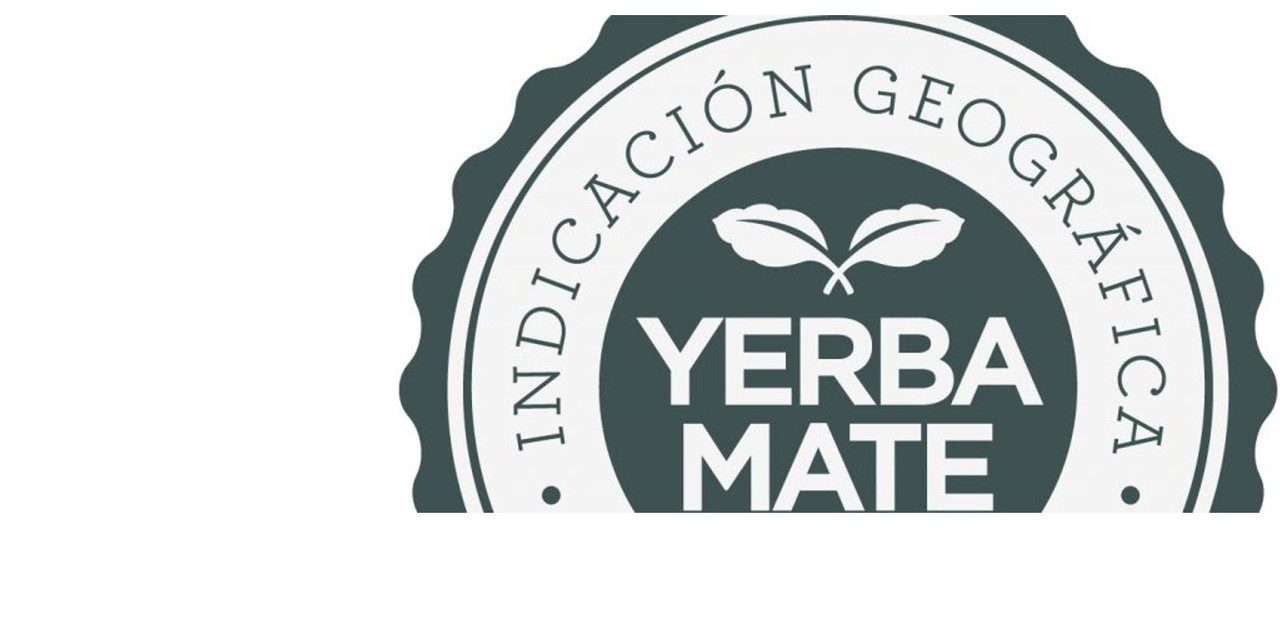A unique product, quality guarantee.
This seal guarantees quality related to the geographical origin and allows consumers access to better information so as to distinguish Argentine Yerba Mate.
It also provides a legal protection to an Argentina food that is consumed by millions of people of different socio-economic levels throughout the country.
To learn about the Yerba Mate history means to rediscover our own roots. Although the native peoples knew about this plant and its properties, it is after the conquest of America that there are bibliographic references about its virtues, production and consumption.
The immigrants were the ones who provided Yerba Mate with its commercial boost as upon arrival they became used to drinking mate. Many of them, Syrian people for instance, carried the habit of mate consumption to their countries of origin. Consequently, the Yerba Mate export stage started.
At present, the production and elaboration of Yerba Mate involves thousands of families and generates genuine work both, in the producing area and in several provinces of Argentina.
Argentine people mainly consume Yerba Mate with sticks as we prefer a softer yerba. This yerba has an average of 70% dry and grinded leaves, 30% of sticks and an average of 9 months to 1 year aging.
Mixed yerbas containing up to 40% of natural herbs such as linden, boldo or chamomile are ranked in second place of preference.
Yerba Mate without sticks is consumed by people who like bitter taste mate. It is not massively distributed yet.
The Mate is prepared and flavored in different ways according to the different geographical regions of Argentina. People in the North prefer bitter taste mates and a rosewood mate is used. They sweeten the beverage with orange zest or burned sugar.
In the East bitter taste mate is also consumed and in summer, cold mate (tereré) is popular. Tereré is flavored with medicinal herbs such as chamomile or “marcela”.
En el sur se toma más caliente por las bajas temperaturas y por lo general amargo.
In the South, due to cold temperatures, people drink hotter mates. They mostly consume bitter taste mate.
Paraguayan Yerba Mate is slightly yellower than the Argentinian one and it has a characteristic aroma. Paraguayan people consume it mainly as tereré, with cold water and medicinal herbs.
Brazilian Yerba Mate has a very fine grind (almost powder) and an intense green color because it is not aged. This is how Brazilian people prefer to drink it.
Mates in Uruguay are more intense and bitter tasting because the yerba does not have sticks.
Yerba Mate is not produced in Uruguay; it is imported from Brazil. Yerba Mate from Brazil only contains leaves and powder, no sticks. This creates more intense flavors. This generates more intense flavors, with body and structure.
The containers will be identified with the following logo. The color of the logo will be chosen according to the background color of the container.

